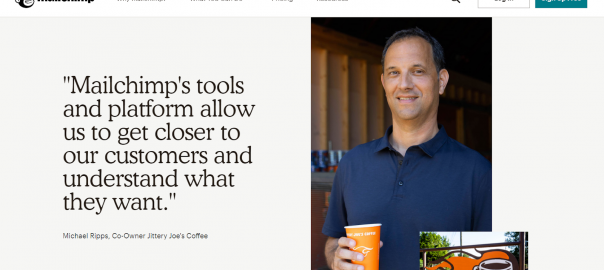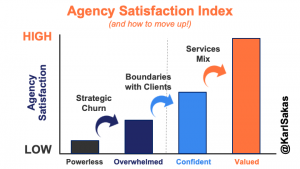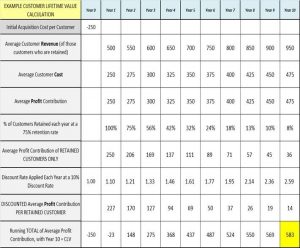— April 8, 2019
Marketers are intimately familiar with their industry and product. But that familiarity isn’t always an advantage.
Often, they unknowingly overwhelm or confuse the same visitors they seek to persuade (with long, jargon-filled product pages, for example).
Your knowledge, in other words, can become a curse—a barrier that keeps you from communicating what customers care about in language they understand.
It’s not inevitable. But you have to know how to spot it and how to avoid it.
What is the curse of knowledge?
The curse of knowledge is a cognitive bias in which you struggle to explain something because you can’t relate to those with less knowledge.
It has its origins in an academic paper that challenges a traditional assumption of information asymmetry. The assumption is that expertise allows some, such as sellers, to anticipate the needs of their non-expert buyers. As the authors explain, however:
Better-informed agents are unable to ignore private information even when it is in their interest to do so; more information is not always better.
Follow-up research highlights how the curse applies to other fields. The advanced technical knowledge of university professors in engineering and science, for example, makes it harder for them to teach first-year students effectively.
Hindsight bias, the original researchers found, leads us to overestimate our ability to predict a past outcome. That makes us more vulnerable to the curse of knowledge.
The authors of the first article use physicians’ diagnoses as an example:
For instance, public discussions of medical cases make doctors think that diseases were easier to diagnose than they actually were.
Over time, an ever-growing expertise may make introductory knowledge seem intuitive when it’s anything but. That makes it harder to anticipate the needs of less-informed people.
The curse of knowledge in marketing
In marketing, the implications are obvious. Rob Balon, CEO of The Balon Research Group, explains:
You have to keep in mind while you may have abundant knowledge of your product and your brand, the target doesn’t. Moreover, they probably don’t care.
Marketers often fall victim to the curse of knowledge because they are:
- Intimately familiar with their own product; or
- Selling a complex/technical product to a less-savvy audience.
Say you work at a SaaS company selling AI software. You want to position yourself as an industry leader. Blog posts by your development team explain the complexities of how the AI system works, highlight how you gather and parse training data, and list use cases befitting Fortune 500 clients.
But if you’re trying to serve a broader market—including small and medium businesses—your content and copy may not resonate. Non-technical readers may be overwhelmed instead of impressed, and they’ll probably click to exit.
The curse of knowledge applies to more than just copy. It can also come up in face-to-face meetings—sales pitches, conferences talks, account reviews, etc. If you overestimate the knowledge of the people you’re talking to, they may not get anything out of it.
You want people to leave your presentation feeling like this, instead:
Listening to @content_bistro dropping huge knowledge bombs. #TCCIRL pic.twitter.com/lst6RxQjwT
— Mariana Norton Growth Strategist & Speaker (@MarianaNNorton) March 14, 2019
For marketers in B2B sales, the challenge increases. The choreography of a B2B sale—in which the average buying decision involves more than five people—may require copy or collateral that serves multiple audiences.
To return to an earlier example, an in-depth review of your AI system may be easy to understand (and persuasive) for a fellow developer. But when those end users need to pitch the product to executives, too, your content may seem bloated with technical details. You need content that can win over both.
Before you can create that, you need to know just how big the knowledge gap is between you and your customers.
Why it’s so hard to spot a curse of knowledge
It’s notoriously hard to spot whether you’ve been cursed with knowledge. You either:
- Don’t stop to question whether your audience has prior knowledge; or
- Find it tricky to put yourself in your audience’s shoes.
The Heath Brothers explain:
Once we know something, we find it hard to imagine what it was like not to know it. Our knowledge has “cursed” us. And it becomes difficult for us to share our knowledge with others, because we can’t readily re-create our listeners’ state of mind.
Critically, your audience won’t reach out to tell you they don’t understand. A few might Google for answers to better understand a technical term or phrase in your content. Most, however, will just go to another site that better meets their needs.
There are several ways to identify whether your site suffers from the curse of knowledge—and to eliminate its negative impact. Here are seven critical ones.
7 ways to overcome the curse of knowledge
Does your audience have zero knowledge? Explain your point in the simplest terms you can use.
If not, where does their knowledge start? Are they someone with two months’ research under their belt, or an experienced operator looking for advanced resources?
Do you need to target multiple audiences? You’ll need to figure out what each person in the decision-making process does or doesn’t know. And that brings us to the first step.
1. Know your customers inside and out
The curse of knowledge happens when you assume your customers’ education level. Ditch your assumptions and conduct qualitative research to find out how much they know.
Joanna Wiebe, conversion copywriter and the brains behind Copyhackers, recommends to “Start ‘ethically eavesdropping’ on the people who are, will be, and should be your customers.” To do so, Wiebe continued:
- “Listen to them talk about themselves and your product on review sites”;
- “Watch them use your product in testing sessions”;
- “Ask new customers why they came looking for you today”;
- “Send surveys not about what features they like best but what badass outcomes they’ve achieved with your product—what words they use to describe it, what happened while trying to integrate it into their lives, etc.”
“Observe until you figure out what matters to them,” Wiebe concluded, “then keep observing to add breadth and depth.”
Ask dumb questions you think sound too obvious—whether that’s through one-on-one surveys or by polling social media followers.
For example, if you sell an email platform, those “dumb” questions could be:
- Do you know what CTR stands for?
- Do you know what “double opt-in” means?
You might be surprised by the answers.
Social Animal includes questions in their onboarding process. I’m a new user to their product, but they don’t assume I have prior knowledge about their software. They’re using the opportunity to learn more about me—their typical customer—to target others like myself.

Talia Wolf, the CRO expert behind GetUplift, also recommends surveys to judge your audience’s knowledge level:
The goal is to bridge that gap between our assumptions and the data. Surveys allow us to tap into people’s concerns, hesitations and desired outcomes.
Once we’ve completed these steps in our research phase, the guessing-game and assumptions have no place in the process. We know what A/B tests we should run to improve conversions, we have hypotheses based on research and all recommendations, copy, design and suggestions are based on voice of customer research.
The curse of knowledge doesn’t apply to customer research. You can never know too much.
2. Monitor how new visitors engage with your content
To identify pages or content that may suffer from a “curse of knowledge,” look at what first-time visitors do on your site. User engagement (or lack thereof) can provide clues as to how well your site copy and content align with their knowledge.
Just be cautious of another cognitive bias—narrative fallacy. Analytics data is one piece of the puzzle to be paired with qualitative research. It will not explain why your visitors behave as they do.
The default New Users segment lets you to view Google Analytics data through the lens of first-time visitors. (A caveat: Cookie-based tracking means that not all “New Users” are truly new.)
There are dozens of other segments you could (and should) look at. Segmenting by traffic source and demographic may be especially valuable when it comes to the curse of knowledge. (For more information on segmenting, check out this post.)
But New Users are a starting point.
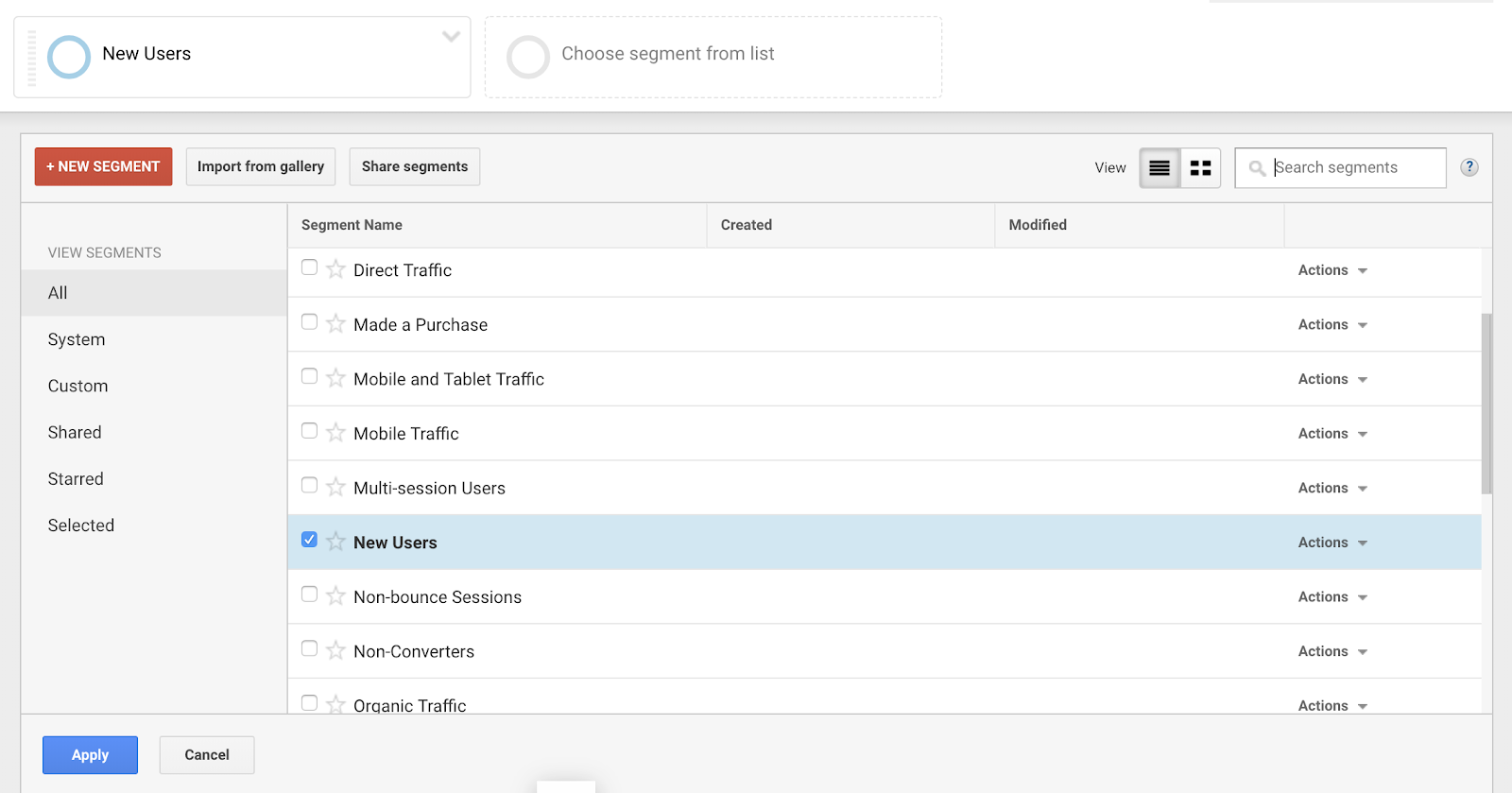
- Are 90% of your first-time visitors reading basic content, or are the majority consuming deep dives on niche topics? In either case, where do they go next? Do they bounce? Click through to product pages?
- Are calls to action aligned with the depth of the content? If you categorize your posts into beginner, intermediate, and advanced topics, which segment generates the most conversions? Or has the highest bounce rate?
- Where do New Users go when they land on your homepage? If, like many SaaS companies, you have “solutions” and “products” menu items, where do new homepage visitors head first? Do they already know about your software category and simply want to compare options? Or do they start a step before, in the “solutions” section?
Tools like Hotjar can track mouse movements or identify how far down someone goes on a page. It’s another way to pair quantitative data with the qualitative insights you’ve gleaned earlier.
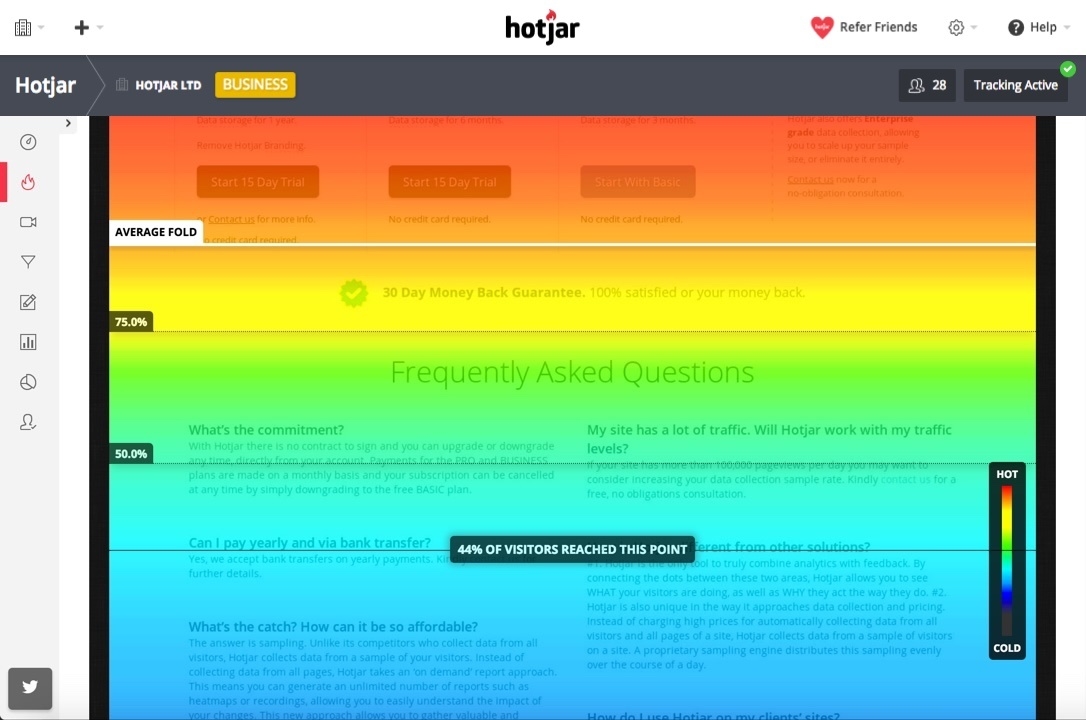
For example, if a scroll map goes ice cold when you get into the gory details of your software features, it may be a clue that the content is too advanced.
However, if everyone scrolls the whole way through, added detail may help differentiate your company for your (presumably) advanced audience.
3. Eat your own dog food
You know your product inside and out. But have you ever pushed yourself through your onboarding process, right from the start?
Andra Zaharia recommends doing it to overcome the curse of knowledge:
Eat your own dog food. Reinstall the product and pay attention to every step of the process. Use the product on a new device you don’t use as often to get you out of your comfort zone.
QA everything from onboarding emails to help docs. Have your entire team do the same, noting assumptions or shortcuts you take that new users may not.
It’s hard to put yourself in others’ shoes. Invite family, friends—anyone you can convince—to go through every experience your customers do. These people have limited (or no) knowledge about your product. What questions do their fresh eyes spark?
I did this with an onboarding email from Brand Yourself:
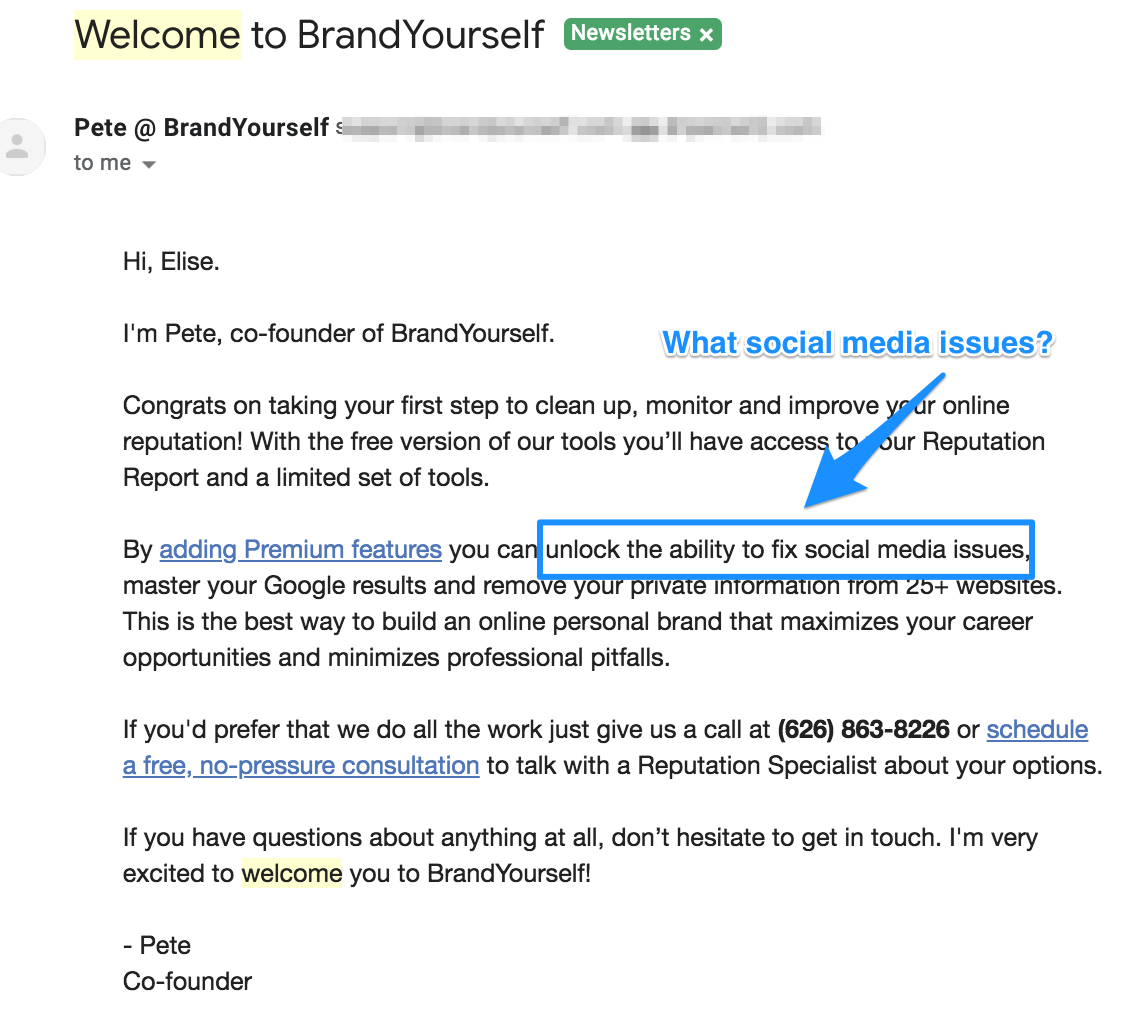
As a first-time user who hasn’t yet opened their software, I don’t have a clue what “social media issues” are or what “fixing” them entails. It’d be much easier for me to understand if this were phrased as “remove problematic social media images, like drunk photos.”
They’ve been cursed by their own knowledge—they know all the use cases and processes and, as a result, don’t share specific examples with new users. Without that understanding, the pitch to upgrade to premium loses value.
Contrast that with PayTM. They include a reminder of how to use their product in every confirmation email:
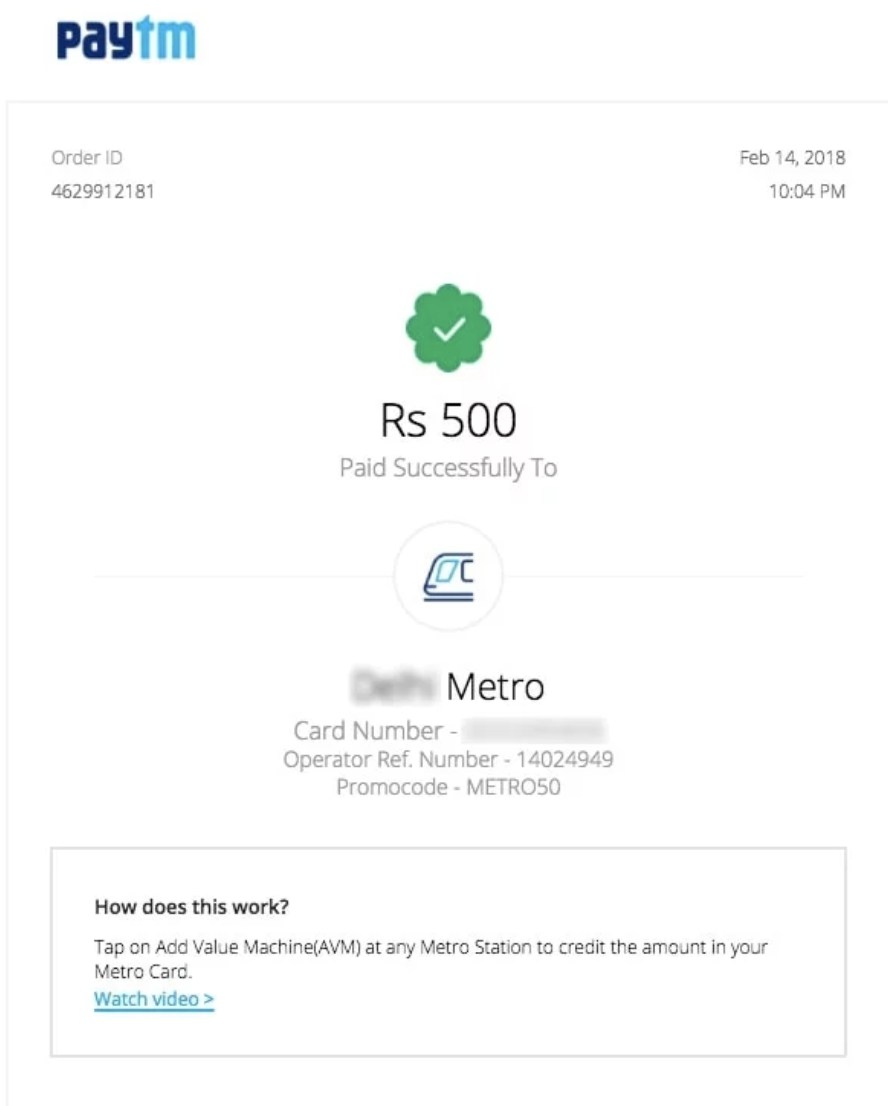
They don’t assume that their audience knows how their product works. They remind users with a small box that points them to an explainer video instead.
4. Write in jargon-less layman’s terms
Don’t expect your customers to invest the time to learn the vocabulary of your product or industry. Nichole Elizabeth DeMeré contends that
A lot of business owners [. . .] assume they know the answers, they assume they know who their “ideal clients” are, they assume their ideal client profile is accurate, and they base their decisions on those assumptions.
Let’s say you sell resources to help people improve their nutrition planning. Citing advanced research papers or detailing metabolic processes may not convince your visitors. Some may Google unfamiliar terms or concepts. But most won’t.
Your fluency with industry terminology doesn’t come off as expertise; it merely creates confusion.
A solution is to write in the voice of your customer. This sales page, for example, speaks directly to the audience in their language:

There’s no confusion about what they’re selling. They’re not assuming I know details about nutritional planning.
Do the same with your content by conducting voice of customer research:
- Talk to your prospects or survey site visitors.
- Mine the answers to find phrases that describe pain points, needs and wants, and pre-purchase concerns.
- Find the gaps in your copy. Use customers’ language to fill them.
Say you discover that many freelancers buy your SaaS product because they need a quicker way to process client transactions.
But your landing page uses phrases like “2-day waiting time from submitting, authorizing and processing each transaction.” Do your customers really understand—or care—about each step of the process? Or are they just thinking that they want to “get paid faster”?
The obvious benefit of getting paid faster is easy to understand (and is a phrase you could easily split test against the original, more technical explanation).
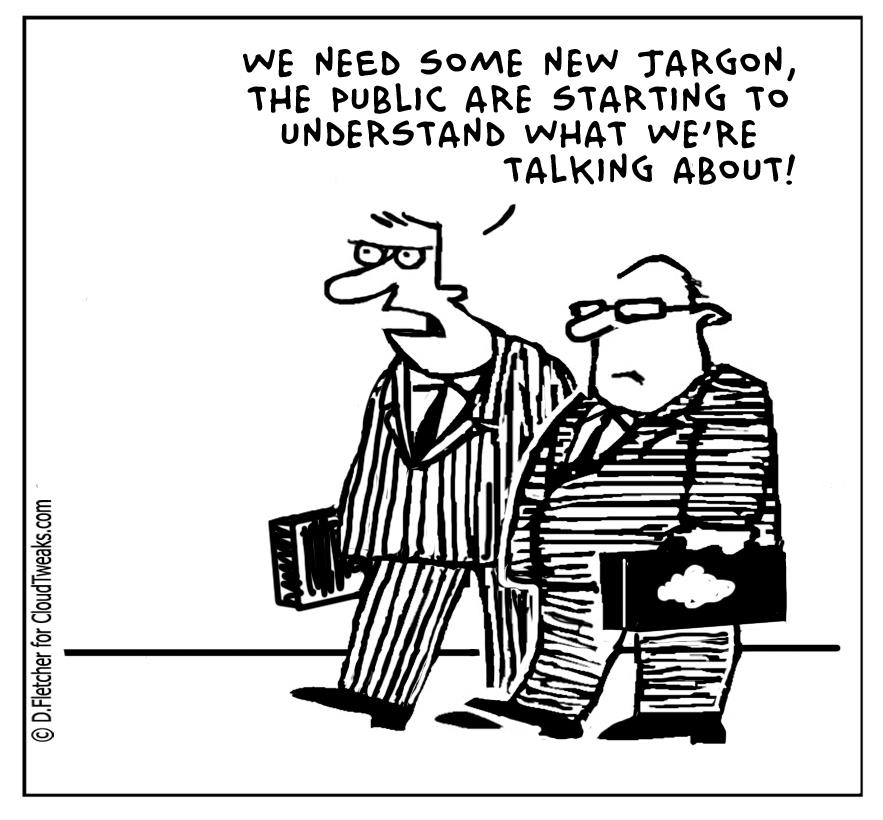
5. Use examples to explain concepts
People learn better when they’re given examples or stories to make theoretical concepts concrete. That clarity can also add credibility:
- Case studies. Instead of saying, “We help advertisers get better results on Facebook,” include (or link to) a case study of a company that improved their return on ad spend after implementing your recommendations.
- Testimonials. Instead of using copy to make claims about your product, let testimonials do the same.
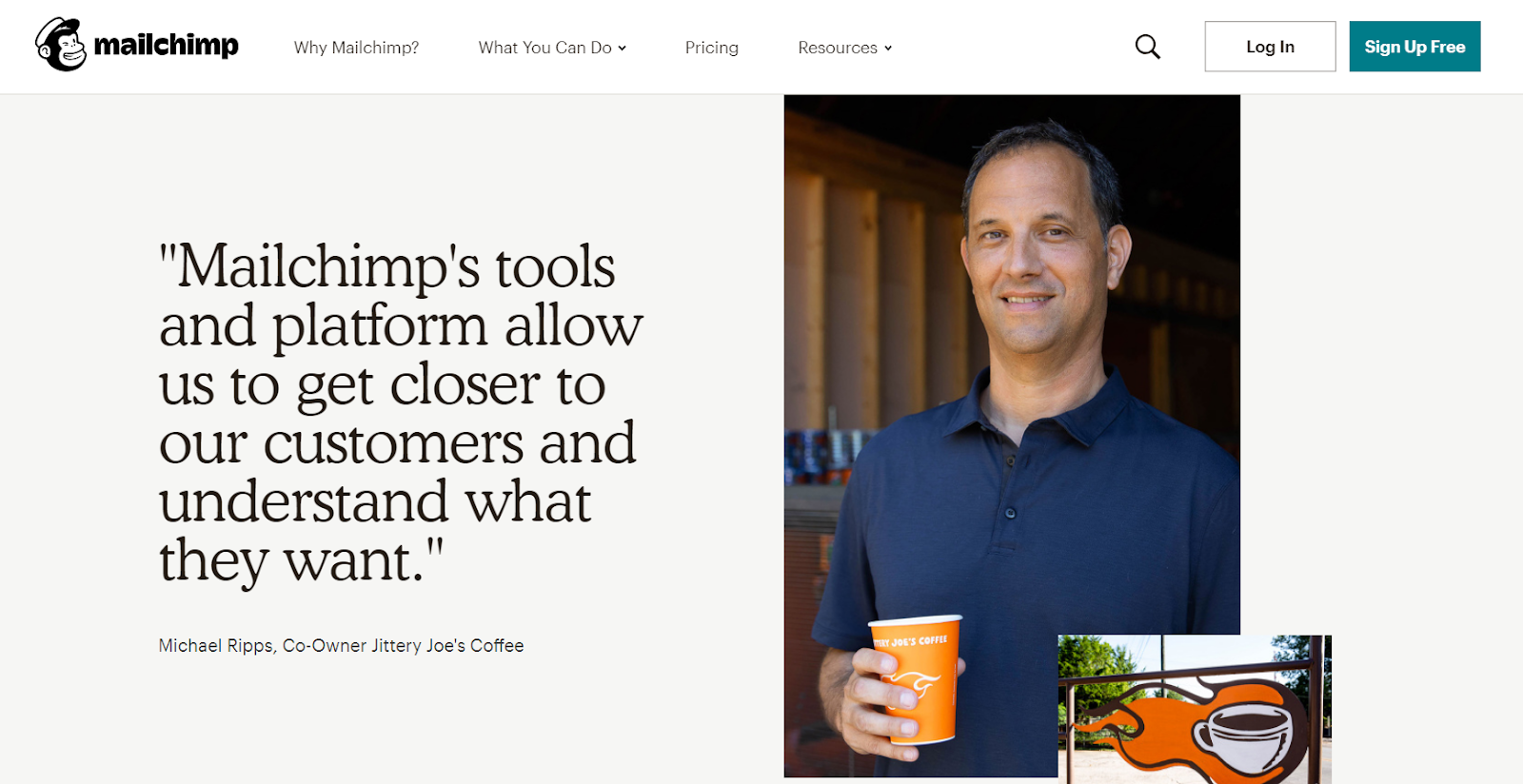 The testimonial on the homepage shows the impact of Mailchimp rather than claiming the potential benefits.
The testimonial on the homepage shows the impact of Mailchimp rather than claiming the potential benefits.
6. Get real-time customer feedback
Three types of real-time user feedback can help identify or validate whether your copy is falling victim to the curse of knowledge.
1. On-site surveys: Are site visitors having problems? What do they like best? Do they have recommendations for improvements?
Tools like Feedier, Survicate, or Informizely can display pop-up boxes that include a checklist of reasons why someone’s planning to leave (e.g. “I don’t have time to read this” or “I was looking for something simpler”).
The responses may help you understand more about why visitors leave your site—and if the curse of knowledge may be the cause.
2. Live chat: You can aggregate data that you collect on audience interactions with live chat representatives or chatbots.
This can help you identify the common questions that you’re failing to answer with your copy, content, or even navigation (e.g. using a technical term for a navigation label may lead everyone to ask, “Where can I find…”).
3. Beta programs: Use beta programs to collect feedback on your content, design, and website before launching your SaaS product. Pilcro launched with a short free trial to find out if people would pay for their product. They didn’t get enough user feedback, so they later launched a freemium model to acquire more users.
Real-time feedback can help identify when users get confused. Adjust copy or content to answer the questions users have most often, replicating their language.
7. Have a broad review process
Don’t send content drafts or site design mockups to your marketing team alone. Include customer service reps, recent hires, and others who may not have your technical knowledge.
If you’re worried about not getting honest feedback, you can set up a Google Doc to gather anonymous comments. You can make comments anonymous by:
- Making the Google Doc accessible to anyone with the link.
- Having people open the link in an incognito window (or sign out of their Google account).
Answer comments. Ask follow-up questions. Transfer parts of the conversation back into your copy. Kaleigh Moore agrees:
Sometimes I think the best fix is to talk about the topic with someone who knows nothing about what you’re trying to write about. Having to explain it in detail to someone who is new to the concept will often naturally prompt questions and discussions that help you write from a new perspective.
Think about the questions they ask, where their curiosity goes, and what insight they provide as you walk through the topic—and then tie that in as you write.
What does that look like in practice? Jordie Black, founder of Copy and Check, has a six-step process for all client content. She handles strategy then passes a brief to their team of writers. An editor reviews the final product.
She told me how this broad review process helps overcome the curse of knowledge:
Our strategists understand the client’s requirements and where each piece of content fits in the overarching marketing plan. When they first read the content, they’re immediately able to tell whether or not it achieved the desired goals.
Our editors edit for clarity, grammar and structure. As an outsider, and often not a subject matter expert, they take the content at face value to see whether or not it makes sense in the way it’s put together.
If “complex” content is right, here’s how to do it well
To avoid the curse of knowledge, you often simplify your content. But not always. Your research may show that you’re targeting a highly informed audience. Complex topics may showcase your expertise or give prospects the granular answers they need to differentiate your product.
As noted before, B2B brands often serve advanced technical practitioners and C-Suite decision-makers. In those instances, you may need to create content to serve multiple audiences.
Search Engine Journal does this with their blog. They produce content for newbies, experts, and everything in between. Here’s an example:
- Newbie knowledge: What Is SEO / Search Engine Optimization?
- Intermediate knowledge: Google released a broad core search algorithm on March 12
- Advanced knowledge: Let’s clear things up: Google’s ‘Florida 2’ algorithm update is not related to original Florida update
Even with advanced content, don’t confuse advanced information with an advanced reading level. As Sarah Horton and Whitney Quesenbery explain in A Web for Everyone:
It’s not a matter of dumbing down. It’s a matter of meeting people where they are and saving people’s time. People don’t come to functional websites to waste time. They are very busy with other parts of their lives. They need to be able to find, understand, and use the information in the time and effort that they think it’s worth.
Research conducted by Kathryn and Michael Summers backs up this theory. Graduates were given two websites, each written at high and low reading levels. Researchers then monitored the tasks they were asked to complete.
The result? On sites with a lower reading level:
Users with high literacy were able to accomplish their tasks almost three times as fast with the revised site as with the original. These users were also more likely to be able to complete their tasks successfully, completing 93% of all tasks successfully on the revised site.
Conclusion
To avoid the curse of knowledge, you first have to look for it. That starts by not assuming that your audience has (or lacks) a certain level of knowledge.
Qualitative and quantitative customer research will help you understand who’s on your site, where they go, what they read, what they don’t, and which questions your site still fails to answer.
That knowledge, in turn, can guide testing for design and copy. You’ll be able to answer the questions that your users have, in the order they have them, while using the same language that they do.
Business & Finance Articles on Business 2 Community
(57)
